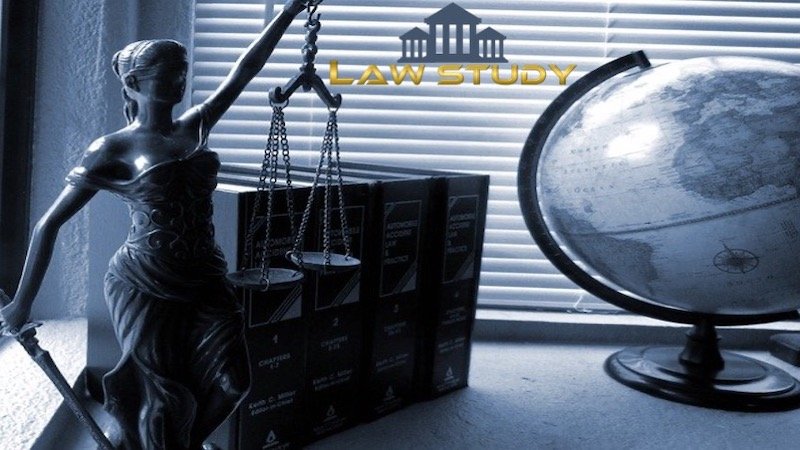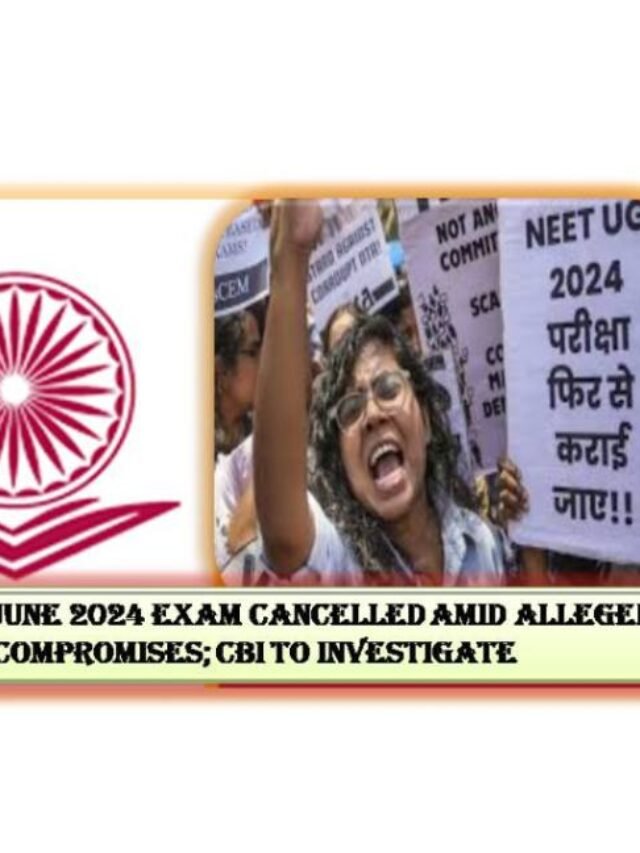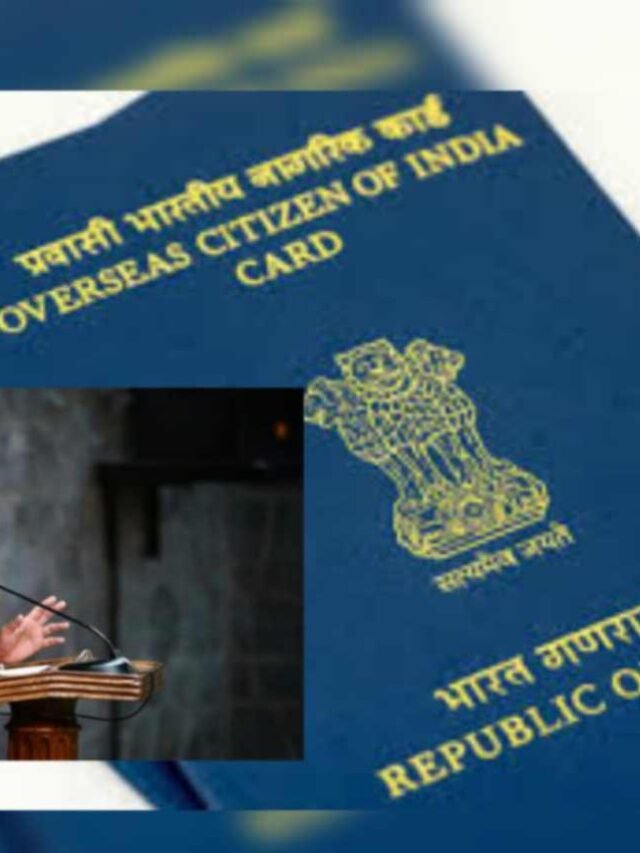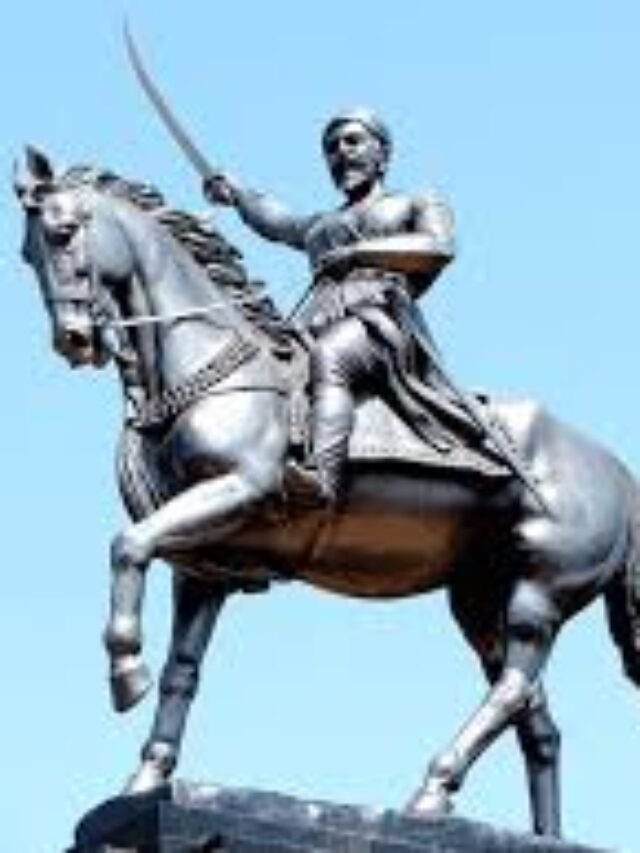Discuss the nature of the Indian constitution and its significance. Under the initial chairmanship of Sachidananda Sinha, India’s Constituent Assembly approved the Constitution on May 16, 1946, in line with the Cabinet’s mission plan.
Dr. Rajendra Prasad and H.C Mukherjee were elected President and Vice-Chairman on December 11, 1946, respectively. As a constitutional adviser, B.N Rao was appointed M.N. Roy originally gave the idea of a constitution.
The constituent assembly had 389 members, 292 of whom were representatives of the British States, 93 of whom were representatives of Princely States, and four of whom were from the Chief Commissioners provinces of Ajmer-Mewar, British Baluchistan, Delhi, and Coorg.
The Indian Constitution’s adoption
The Constituent Assembly concluded the Constitution in 2 years, 11 months, and 18 days. The Constitution was ratified on November 26, 1949. In a preamble, 395 Articles were presented in 22 parts and 8 schedules. There are currently 448 Articles divided into 25 parts and 12 schedules. On 26 January 1950, also known as the Day of Republic in India, the Constitution came into effect.
Nature and Characteristics of India’s Constitution
The constitutional structure of almost every important constitution in the world included the best features, e.g. the Basic Rights of the US Constitution, the parliamentary form of government in the United Kingdom Constitution, the Ireland Directive of Principles of State Policy, the Emergency Rules of the Constitution of Ireland and many other provisions from the Government of India Act, 1935.
Dr. B.R Ambedkar thought that Our Constitution, according to time and circumstances, was both unitary but also federal.
“The duality of government: There is only one government within the unitary country, that is to say, the national or central government, whereas there are two governments within a federal state: the federal or Central State and each constituent state. The Indian Constitution is neither fully federal nor fully unitary; rather, it is a hybrid of the two, being both federal and unitary.
It has the largest and most detailed constitution. Perhaps no other constitution in the world is as comprehensive.
Separation of Powers
The distribution of powers in the Indian Constitution is a crucial component of the Indian Constitution. Executive, legislative, and judicial is the 3 branches of Govt. at the national and central levels.
Sovereign State
The preamble is to build a sovereign democratic State. India’s government is allowed to set its own policies regarding both external and internal concerns.
Rigid as well as Flexible
The Indian Constitution is rigid and flexible at the same time; it is neither rigid nor flexible. The constitution itself provides the mechanism for altering the Constitution this is called flexibility.
Single Citizenship
India is a country of dual citizenship with the entire country as a single citizen. Wherever every Indian lived, they have the same citizenship rights.
Democratic System
The Indian Constitution provides for a democratic arrangement in India because all powers now vest in the people as a whole, rather than in a single person, post, or body.
Adult suffrage
Everyone, regardless of sex, caste, or creed, who reaches the age of 18 has the right to vote in general elections for the Lok Sabha and state Legislative Assembly, as well as other elected bodies, according to the Indian Constitution.
Independent Judiciary-Rule of Law
The legislature’s act can be declared null and void by the courts if it is unconstitutional or violates the constitution’s requirements. The judiciary is not only the translator of the constitution and laws, but it is also the custodian of India’s citizens, ensuring that their rights and interests are protected.
A strong Centre
The federation’s and units’ power distribution is as follows: state governments have restricted and enumerated powers; it has powers even over state governments in specific circumstances, and it has residuary power over the entire territory.
Fundamental duties
The 42nd amendment to the Indian constitution introduced ch-4 A to the constitution, which outlines the fundamental duties of Indian citizens.
Fundamental Rights
The guarantee for Fundamental Rights in Chapter 3 of the Indian Constitution is the most essential aspect of the Constitution. There are some rights that are considered fundamental in every democratic government.
Directive principle of State Policy
The Indian constitution also contains certain principles that the state is required to put into practice as needed and practicable. The state shall make every effort to attain the objectives set forth in these Directive Principles.
Parliamentary form of government:
The president and the council of ministers, headed by the prime minister, form a parliamentary system of government. The President is only ahead of the state; the actual executive and administrative responsibilities are vested in the Cabinet, or Council of Ministers.
Uniformity
The Indian constitution mandates uniformity in all fundamental areas, which is critical for maintaining the country’s unity. Fundamental law, civil and criminal are all uniform, there is a single judiciary, and there are common All India Services.
Sources of the Indian constitution
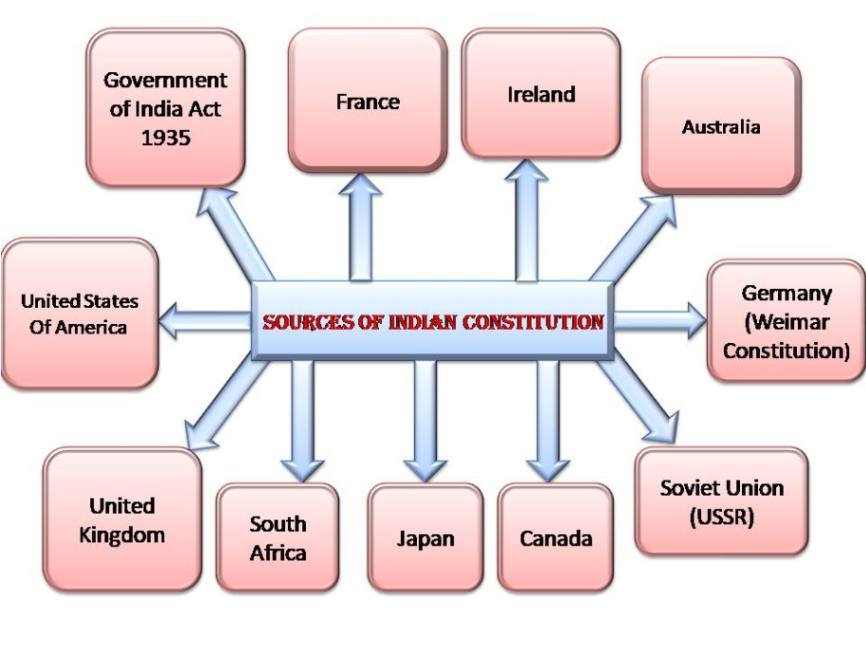
U.K
- The rule for the law-cabinet system
- Writs in prerogative.
- Government by the parliament.
- Bicameral legislature.
- Office of the C.A.G.
- Citizenship for a single person.
- Procedures for making law
The United States of America
- Written constitution.
- The ex-officio chairman of the upper house is the vice president.
- Fundamental rights.
- Supreme court.
- Independence of judiciary.
- Judicial review.
USSR
- Fundamental duties.
Australia
- Concurrent list.
- Joint sitting of parliament.
Japan
- The procedure is established by law.
Germany
- Suspension of “fundamental rights” during the emergency.
Canada
- Federation scheme with a strong center.
- The centre and its state and residual powers with the centre.
- Distribution of powers.
Ireland
- Concept of DPSP.
- Method of Election of the President.
South Africa
- Procedure for amending the constitution election of Rajya Sabha members.
France
- The preamble
- The republic and
- The ideals of fraternity, equality, and liberty.

